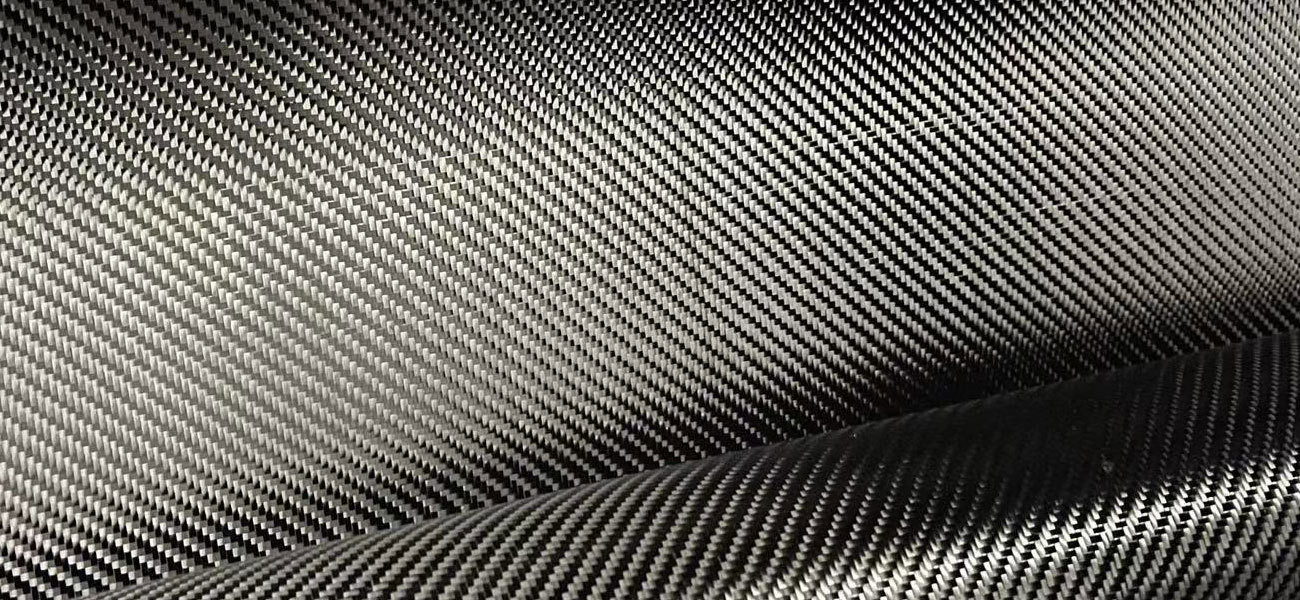ABOUT SHUNJV
Expert in the Field of Polymer Fiber Products
Jiangsu Shunju Woven Carbon Fiber Co., Ltd. is a scientific and technological enterprise engaged in the weaving, development, and development of various high-performance fibers. The company mainly uses carbon fiber, aramid fiber, glass fiber, and other special polymer materials as raw materials for weaving and composite production units. The company has a strong technical force, with advanced professional equipment and production technology in China.
PRODUCTS
Mainly uses special polymer materials such as carbon fiber, aramid fiber, and glass fiber as raw materials for weaving and composite
APPLICATION AREA

Carbon Fiber - Wind Power
Carbon Fiber - Wind Power
Applied to automotive components, pressure vessels, hulls, sports equipment, textile equipment, medical equipment, and other fields
VIEW DETAIL

Carbon Fiber Pipe / Plate
Carbon Fiber Pipe / Plate
Applied to automotive components, pressure vessels, hulls, sports equipment, textile equipment, medical equipment, and other fields
VIEW DETAIL

Carbon Fiber - Aviation
Carbon Fiber - Aviation
Applied to automotive components, pressure vessels, hulls, sports equipment, textile equipment, medical equipment, and other fields
VIEW DETAIL

Carbon Fiber - Medical
Carbon Fiber - Medical
Applied to automotive components, pressure vessels, hulls, sports equipment, textile equipment, medical equipment, and other fields
VIEW DETAIL

Carbon Fiber - Sports Equipment
Carbon Fiber - Sports Equipment
Applied to automotive components, pressure vessels, hulls, sports equipment, textile equipment, medical equipment, and other fields
VIEW DETAIL

Carbon Fiber Products
Carbon Fiber Products
Applied to automotive components, pressure vessels, hulls, sports equipment, textile equipment, medical equipment, and other fields
VIEW DETAIL
Product Application Field
Fine Ceramics is a professional manufacturer of fine ceramics that integrates development, design, and production
VIEW MORE
NEWS INFORMATION
Jul 28,2022
What are the uses of carbon fiber?
Jan 10,2022












